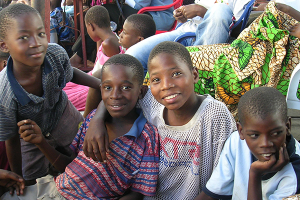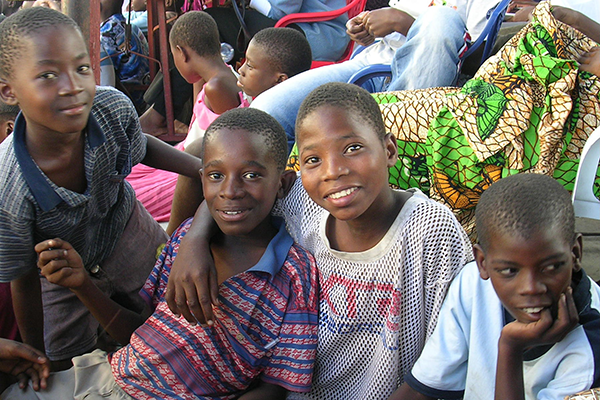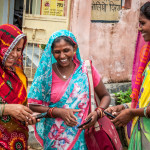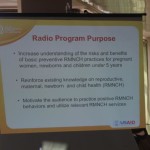HC3 Lit Review: More Research Needed on Meeting the Needs of Adolescent Boys Seeking VMMC Services

© 2005 Ashley Pinsent, Courtesy of Photoshare
Voluntary medical male circumcision (VMMC) is a highly effective intervention for curbing the HIV epidemic in sub-Saharan Africa. Since the inception of VMMC programs, a disproportionately high volume of adolescents ages 10-19 have received VMMC across the priority countries in east and southern Africa. Questions remain, however, related to whether these adolescents are adequately served with age-appropriate counseling since the services were not originally designed with this younger age group in mind.
The Health Communication Capacity Collaborative (HC3) recently conducted a literature review to synthesize the literature on SRH and VMMC services for male adolescents in sub-Saharan Africa to determine the best age-appropriate practices that exist for this population. Existing literature describes barriers to appropriate delivery of services, imposed feelings of shame, negative interactions with providers and violations of privacy. The findings are highlighted in greater detail through an open-access article published March 3 in PLOS ONE: Adolescent Sexual and Reproductive Health Services and Implications for the Provision of Voluntary Medical Male Circumcision: Results of a Systematic Literature Review.
More research is clearly needed to determine how best to meet the needs of adolescents through VMMC to have the greatest impact on HIV incidence reduction. HC3 is therefore undertaking a multi-country assessment designed to gain a better understanding of whether VMMC programs are adequately meeting the needs of adolescents in age-appropriate ways by exploring counseling, interpersonal communication and client-provider interaction disaggregated by age.
Undoubtedly the appropriate counseling for a 10-year-old without sexual experience may be quite different than what is appropriate for an 18 or 19-year-old with some sexual experience. We therefore need a better understanding of how counselors and service providers discuss sex in general, describe VMMC and its benefits, use VMMC to support preventive behaviors broadly, and ensure linkages to care.
Given that VMMC has been extremely successful in engaging adolescent boys, we must seize this opportunity and effectively reach male adolescents with a meaningful, comprehensive VMMC package tailored to their needs in developmentally appropriate ways. HC3 will share the results of the multi-country study later this year so stay tuned.








Leave a Reply
Want to join the discussion?Feel free to contribute!